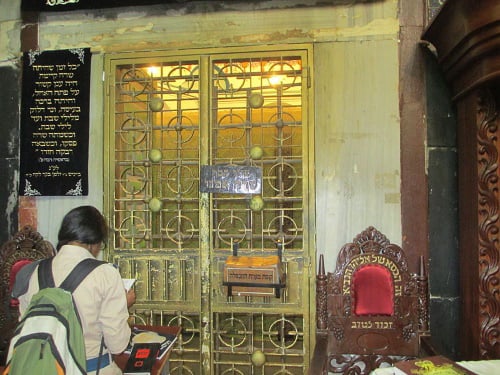That a man’s gifting of something of worth to a woman can effect a marriage if both parties agree is derived through exegesis from, of all places, Avraham’s purchase of a burial site for his wife Sarah (Kiddushin, 2a).
A strange derivation, to be sure. But since techias hameisim, revival of the dead, is a tenet of Jewish belief, burial, through Jewish eyes, should be seen not as the disposal of a body but rather a safekeeping or, better, a “planting,” for eventual “regrowth.”
(For millennia, the idea of rejuvenating a physical body seemed a notion beyond credulity… until the discovery of DNA and, more recently, the successful cloning of higher organisms.)
Thus, the burial/marriage comparison is somewhat more comprehensible than it might have been at first thought. For marriage is the means of “seeding” the next generation. (The term kever, “grave” used as a euphemism for rechem, “womb,” as in Niddah 21a, further supports that idea.)
The earliest burials at the Me’aras Hamachpeila were of Adam and Chava, the latter of whom was given her name, which means “the source of all life,” ironically, only after she and her husband had made death part of nature. Immortality of a sort, even before techyas hameisim, can be achieved through the creation of future generations.
And so, it is meaningful that the parsha describing the burial of Sara is called by its opening words, Chayei Sarah – the Life of Sarah.
For just as children are keys to generational immortality, so is burial a prelude to life.
© 2023 Rabbi Avi Shafran
